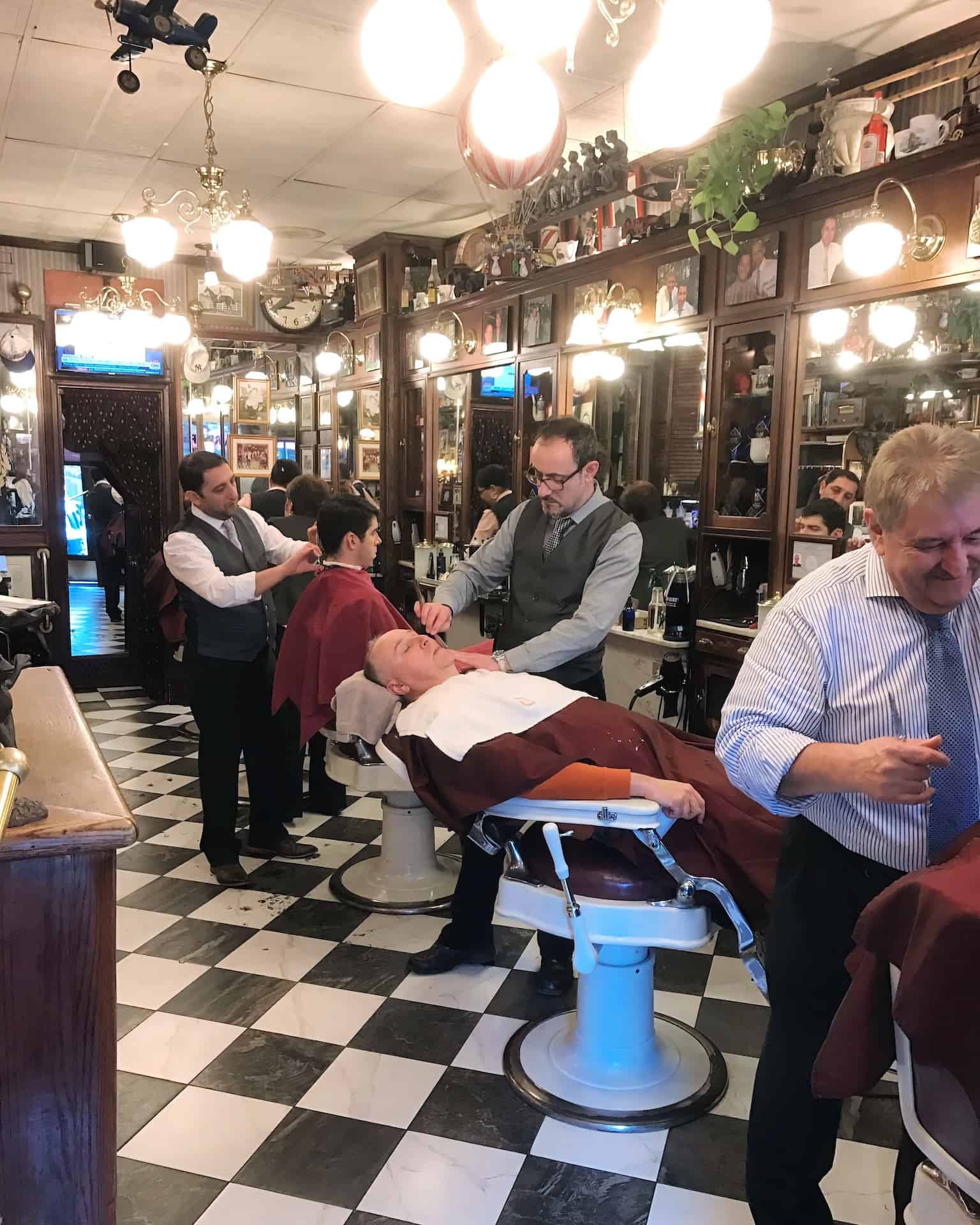Barbers as Artistic Curators Molding Neighborhood Identity and Bonding in NYC Metropolis
Barbers as Artistic Curators Molding Neighborhood Identity and Bonding in NYC Metropolis
Blog Article
Barbershops in NYC are not only locations to get a haircut; they serve as important cultural hubs that help shape community identity and nurture relationships among residents. These businesses have a rich history in urban settings, serving as gathering spots where people from diverse backgrounds come together. In many neighborhoods, barbershops are often the initial place where individuals can participate in conversations about local issues, exchange stories, and build relationships. This unique role makes barbers not only skilled professionals but also community curators who contribute to the community fabric of their communities.
The environment in a barbershop is often vibrant and welcoming, creating a setting where clients feel comfortable sharing themselves. Barbers are known for their ability to connect with clients, often engaging in discussions that range from sports to politics. This engagement helps to create a sense of belonging among patrons, as they share their stories and viewpoints. In many instances, barbershops mirror the cultural diversity of the areas they support, showcasing different haircuts, grooming methods, and even sounds that resonate with the local community. This social exchange enriches the experience for all involved and strengthens community ties.
Barbershops also play a significant role in preserving cultural traditions. Many barbers have been trained in specific techniques that are transmitted through generations, ensuring that unique styles and view website practices are not lost over time. For instance, certain styles and grooming methods may be tied to cultural heritage, allowing individuals to express their identity through their look. By maintaining these traditions, barbershops help to keep cultural narratives alive, providing a sense of pride and continuity for community members.
In addition to their cultural importance, barbershops often participate in community service and assist local causes. Many barbers take an proactive role in tackling social issues, such as learning and health education, by organizing events or offering resources to their patrons. This engagement shows a dedication to the health of the neighborhood and fosters a sense of responsibility among barbers. By using their platforms to encourage positive change, barbershops become essential players in the local area, further solidifying their role as cultural curators.
Overall, barbershops in New York City serve as essential spaces for cultural interaction, community building, and identity creation. They provide a distinct environment where people can connect, share, and celebrate their diverse backgrounds. As cultural curators, barbers not only shape the way people present themselves but also influence the broader community dynamics. By recognizing the importance of these establishments, we can appreciate the vital role they play in building connections and maintaining cultural traditions in city settings.